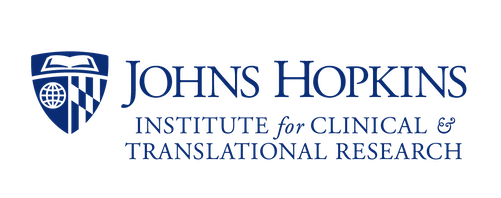Insights to Inspire: Making a Commitment to Diversity & Inclusion
Insights to Inspire is a series of blogs and/or webinars highlighting the innovative and unique strategies implemented by a CTSA Program institution to improve on a given Common Metric. Mary Catherine Beach, MD, MPH and Stacey J. Marks, MS, were interviewed to discuss our Predoctoral Clinical Research Training Program in the story below.
The purpose of the Careers in Clinical and Translational Research metric is to measure the success of CTSA Program hubs in training scientists who will stay engaged in the field specifically with regard to underrepresented persons (URP) and women. However, engagement is not the only factor for continued success. The value of science to society is the ability to both collect data and analyze problems from a variety of perspectives. That means diversity must be built into every aspect of the CTSA Program. Scientists with multiple perspectives are critical to the success of the Program. Furthermore, inclusion must be at the heart of the CTSA trainee programs. Only in this way can the CTSA Program improve the health of individuals and the public.
As a part of the Insights to Inspire 2020 series, the CLIC staff interviewed the program hubs that showed the most improvement in the Careers in Clinical and Translational Research metric, with a specific emphasis on diversity and inclusion. CLIC’s goal in sharing the experience of the successful hubs is to turn their success into actionable intelligence for the entire Consortium.
Each hub identified for its success in the Careers in Clinical and Translational Research metric adopted a number of strategies or techniques in order to improve their TL1 or KL2 training programs. From the various interviews where diversity and inclusion was discussed, nearly every hub started with the same foundation for their success: “commitment”. From there, hubs detailed additional activities to ensure they could deliver on that commitment.
Make diversity a stated goal
All the hubs interviewed for this article cited diversity and inclusion as core values and emphasized their importance throughout their research, education, and recruitment programs. Duke University’s Clinical and Translational Science Institute specifically discussed how they made a commitment to increase their number of underrepresented scholars. Laura Svetkey, one of three co-Directors of the KL2 program at Duke, said the hub’s most important strategy was making an explicit programmatic priority to achieve at least 50% of funded KL2 scholars from underrepresented racial and ethnic groups. “That’s where it starts. Really having an intentional metric with institutional support to achieve it,” Svetkey said.
Christy McKinney, Co-Director at the Institute of Translational Health Sciences (ITHS) at the University of Washington, is a graduate of the ITHS KL2 program herself, and engages with the KL2 scholars through teaching and mentoring during monthly small group sessions. ITHS Director of Evaluation Julie Elworth says having McKinney in that role serves as proof to female scholars and applicants that they too can succeed in clinical and translational science. “Having a woman who’s been a scholar of the KL2 program and now be one of the program’s co-lead helps people understand that the KL2 program is sincere about its commitment to women succeeding in the field,” Elworth said.
Provide and promote the support systems
Beyond naming diversity as a goal, the highlighted hubs said implementing programs that specifically support both women and URPs with the unique challenges they face, such as lower quantity and quality of mentoring, implicit and explicit bias, competing responsibilities both at home and at work, were critical to success.
At the ITHS, that means being truly supportive of scholars, both men and women, who take time off for parental leave, meaning trainees and scholars are actively encouraged to take full advantage of programs that allow them to extend their tenure clock after leave.
The University of Colorado Denver CTSI had success in implementing a series of trainee-focused workshops based on topics specifically geared toward women and URPs. One such example is a workshop on how to respond to and mitigate microaggressions, the everyday verbal, nonverbal, or environmental slights, snubs, or insults these individuals often experience. They also provided workshops in crafting successful program applications and worked to connect URPs with faculty with similar identities to serve as coaches and advocates. Lisa Cicutto, Director of Translational Workforce Development Core and TL1 Director at Colorado, said trainees have found the workshops so helpful they are organizing additional programming for trainees and staff.
Several hubs stated the importance of what Rasheed Gbadegesin, Co-Director of the KL2 Program at Duke, described as a “community of past and present scholars” that serve as role models and peer mentors for their fellow female or URP scholars. The scholars also share their positive experiences, which helps build confidence in current scholars and promote hub programs.
Stay involved and supportive
In order to foster the kind of community where past scholars return to help their peers, ITHS Director of Evaluation Julie Elworth said it’s critical for scholars to feel the door is still open once they’ve completed the program. The hubs serve as a continuing resource throughout their career. “I think it’s important for the graduates of the KL2 program to know that they are part of this larger community and will be no matter what,” Elworth said. “Once they’re in the program, once they graduate, they remain in the ITHS family.”
Johns Hopkins University Institute for Clinical and Translational Research (ICTR) Director of TL1 Programming Mary Catherine Beach also said the ICTR pays attention to adversity as well as diversity. When recruiting, faculty/staff might notice hints from personal statements in an application, which reveals additional information from the applicant’s background they might otherwise leave unsaid. Statements that might get mentioned offhandedly – that the applicant grew up in poverty, had experienced serious illness or disability, or other challenges faced in overcoming educational barriers. While race or gender can inform a trainee’s perspective on clinical and translational research, so too can those types of lived experiences. Beach said that ICTR has adjusted their weighting system to minimize previous test scores and grades to not disadvantage applicants who faced education challenges.
Advocate
Many of the hubs interviewed also discussed how they intentionally made an effort to promote diversity of disciplines in their programs. In addition to recruiting applicants from traditional fields like medicine or biology, they also search for applicants with backgrounds in biomedical engineering, public health, applied health, and even the arts.
According to Kimberly Johnson, co-director of the Duke KL2, “it is important that the institution itself is committed to promoting diversity and inclusion. Our KL2 program has been able to capitalize on Duke’s commitment to both increasing the number of faculty from underrepresented racial and ethnic groups and providing resources to support their career development.”
In order to advance innovations and interventions in translational research, it is critical that the composition of the clinical and translational science workforce reflect the population it serves. By committing to diversity and inclusion, CTSA Program hubs can create the sense of community that ensures successful trainees will continue in and promote the field of clinical and translational science.
Learn more:
https://clic-ctsa.org/common-metrics-initiative/i2i
The purpose of the Center for Leading Innovation & Collaboration (CLIC) is to serve the CTSA Program through coordination, transparent communication, actionable metrics, network analytics and innovative collaboration tools for use around the consortium, and to make the work and accomplishments of the CTSA Program vibrantly visible to all stakeholders.


